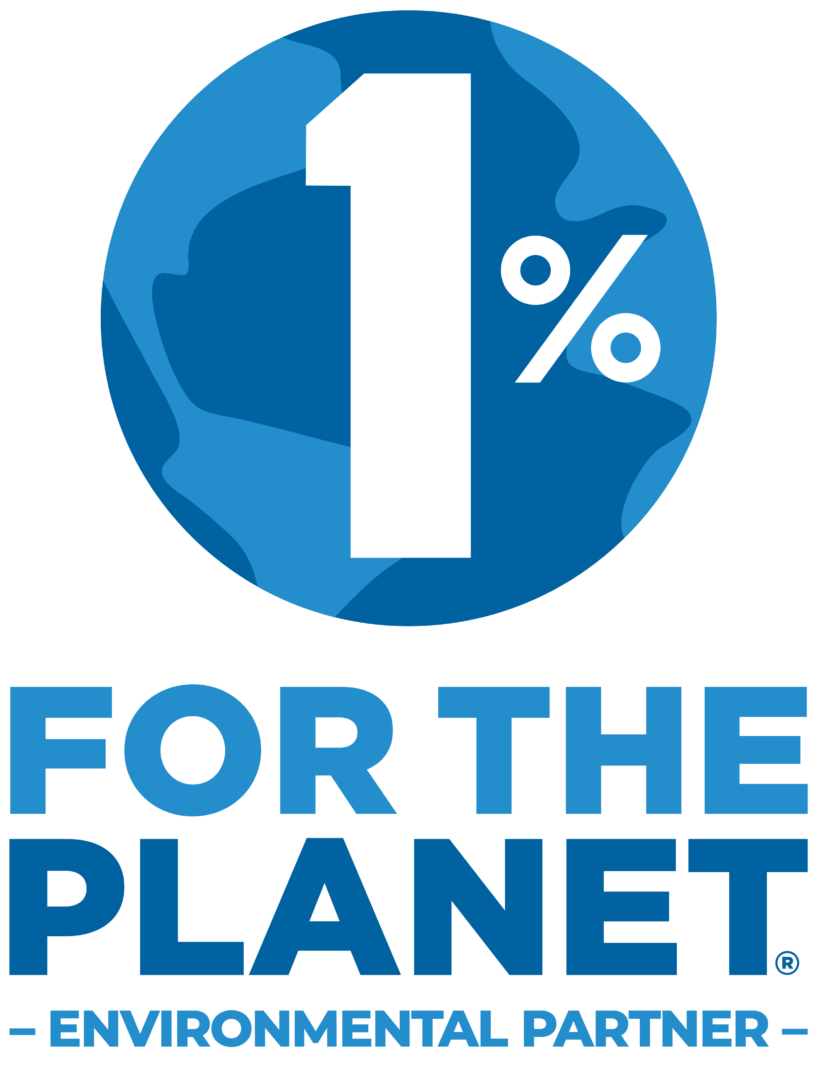First Nations communities lose the most during climate change but often have the most insight on how to respond.
“These fires have obliterated entire forests, and, with it, they’re obliterating the cultural memory of our Aboriginal groups,” declared Bhiamie Eckford-Williamson, a Euahlayi indigenous research associate in Australia. “The burning of these scarred trees is one very profound example of that [impact],” he described. Only five months prior, Mydje Kayapo, a leader of the Bau tribe in Brazil expressed a similar sentiment: “We indigenous people need to be unified.”
There can be no complete plan or solution to address climate change without fully including the indigenous communities of the planet.
Across the globe, indigenous communities have frequently suffered social marginalization.
They face the loss, theft, or depletion of land. They also experience the lingering effects of colonization throughout history. In countries across the planet, indigenous people have been frequently been removed from ancestral lands- often in the name of conservation or grand development projects. Displacement due to climate change is also increasingly common, as demonstrated by the Gabra tribe of Kenya or the Biloxi tribe in Louisiana.
Oftentimes, families leave their homelands due to force. Depending on the governing nation where they live, they may lack citizenship, legal representation, or protection of human rights. This can inhibit their opportunities to gain an education or work for a sufficient income. They also face exclusion from basic programs like health or financial services. They often lack opportunities to participate in national-level planning that affects them and their ecosystems.
These indigenous experiences are common among many members of Plant With Purpose communities. In Thailand, our program is made up almost entirely of ethnic minorities, including Karen, Lahu, and Akha villages. Our work in Mexico is based in Oaxaca and Chiapas-- two states with some of the highest percentages of indigenous populations. In Tanzania, we work with many members of the Maasai community. We value the unique cultures and perspectives that all these partners bring to our program and we believe it makes us that much stronger.

Ethnic minorities across the globe face social exclusion
Indigenous managed lands are among the most critical ecosystems on the globe.
Many indigenous communities have relied on the land for their livelihoods for centuries. The places where they reside are often in proximity to forests, chaparrals, or other vital ecosystems. In a large number of cases, communities will have inherited longstanding cultural practices and values surrounding the protection of these natural spaces.
If you look at some of the most critical rainforests or natural habitats, you will almost always find an indigenous population behind efforts to protect it. This has been the case in the vitally important rainforests of the Amazon, the Congo, and Indonesia, and areas struggling with deforestation and forest loss like Southeast Asia, Central Canada, or Australia.
So many of these areas are biodiversity hotspots. Land managed by indigenous communities holds far greater biodiversity overall in comparison to other natural spaces around the globe. A study last year looked at regions across Australia, Brazil, and Canada. It found that species diversity and abundance was significantly higher on indigenous land, even in comparison to parks and wildlife reserves.
A similar study showed that indigenous people represent about 5% of the Earth’s population but manage around 20% of all land area, including over a billion acres of forests. These spaces contain over 80% of the Earth’s biodiversity.
The case of Brazil can demonstrate the strong link between indigenous empowerment and forest protection. In 2004, Brazil passed a resolution securing the rights of indigenous communities to the local forests. Over the next ten years, Brazil reduced its CO2 emissions by 3.2 billion tons. Things have swung the other way in more recent years, however.
Indigenous leaders around the Amazon have lost power and representation. The forest there has seen its vulnerability increase as a result.

Indigenous-managed lands hold most of the world's biodiversity
Indigenous perspectives provide traditional knowledge and local expertise.
One can very simply make the case that indigenous people often hold a worldview and a connection to the land that goes back generations. First Nations people are often attributed with a deeper understanding and appreciation to the land in comparison to more modern occupants. There is data to support this claim. "When Indigenous nations become sovereign partners in environmental management, the power structures and worldviews that underlie decision-making can be productively challenged ... creating new solutions to pressing environmental issues," states a study from Flinders University.
However, it would be a mistake to think that because the knowledge of indigenous people is tied to culture, tradition, and ancestry, that their expertise is a thing of the past. Indigenous communities are still innovators and leaders, and their knowledge is perhaps more crucial and timely as climate change worsens.
Indigenous leaders are local experts.
They understand the rhythms of the land they live on intimately. They have an expertise over their land that is quite different from academic expertise. These leaders design solutions for their community, with their community as a participant.
“There is a misconception that if you don’t know the technical words, you do not understand climate. But that’s not true,” explains Hindou Oumarou Ibrahim, a Mbororo community member from Chad.
“In Chad, our calendars have different seasons that are based on the ecosystem. Those living in drier areas, near the desert, have five seasons. Greener areas have seven seasons. We know which season it is from observing trees, flowers and animal behavior,” she expands. “This helps us learn when the dry or rainy season is coming. The community knows how to best plant crops. We are now working with meteorologists from the state to combine traditional and scientific knowledge.”

Antonio, a Mixtec community member in Oaxaca
Our shared sustainability goals are incomplete without indigenous land management.
All this makes it clear that no plan for global sustainability is complete without indigenous leadership. Indigenous land use is so vital to the health of the planet that Project Drawdown named it the 39th most important climate solution. But practically, what would it look like to empower indigenous peoples with land use?
First, indigenous community leaders must be included at all levels of decision making. In instances where their perspectives inform broader policy, people have benefitted from the diversity of perspectives. This doesn’t only refer to broad government policies. It also includes the approach that community-based nonprofits as well as charity organizations take to environmental restoration.
There is a strong connection between protecting human rights and preserving the ability of people to protect the Earth. Our partners in Thailand have shown us how the lack of citizenship for many of the ethnic minorities in our program has hindered their ability to care for the land. Without citizenship rights, they have not had fair and easy access to the forest. These are the spaces they rely on and seek to protect. This element of human rights has become a unique part of our program in that particular area.
We can promote and enhance indigenous land management through a mix of sustainable practices.
We believe in practices that apply local knowledge, safeguard rich cultural traditions, and building resilience against climate change. Techniques like fire management, pastoral traditions for raising livestock, agroforestry systems, and shifting cultivation (or swidden agriculture) are all pieces of knowledge that can be shared from an approach that isn’t top-down.
Our work has repeatedly shown us that climate change affects these populations most severely. This is in spite of the fact that they often contribute to its causes the least. Their land based livelihoods and exclusion from many unsustainable industries has led to their disproportionate vulnerability. Indigenous peoples’ experiences are at the crux of environmental injustice. There is no way to reach our vision of abundance, purpose, and love for all creation without their empowerment.
To make a donation to help our partners empower indigenous leaders in reforestation sites across the globe, follow this link.



















Some really excellent content on this website , appreciate it for contribution. Antoinette Franklin Gardas